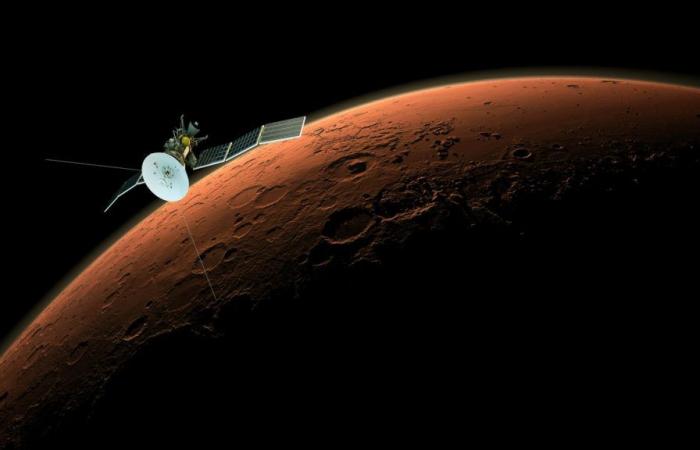NASA’s Voyager 1 spacecraft has resumed normal scientific operations for the first time since a technical problem arose in November 2023.
NASA engineers have managed to fully restore the functionality of the Voyager 1 probe after overcoming more than seven months of technical difficulties. In November 2023, the probe, located more than 15 billion miles from Earth, began sending strange, unreadable data, forcing the team to work hard to identify and fix the cause of the problem.
In April, the team identified that the problem lay in corrupt memory in the probe’s flight data system (FDS). Subsequently, they managed to restore the functioning of two of their scientific instruments. Now, according to NASA, All four Voyager 1 instruments have returned to sending readable data. Launched in 1977, this probe continues to operate in an astonishing manner, allowing the resumption of its direct studies of interstellar space.
Let’s go to Mars, but let’s not stay to live
Private space agencies and companies want to send people to the Red Planet. But settling there would be complete hell.
Voyager 1’s four instruments study plasma waves, magnetic fields and particles. Both Voyager 1 and Voyager 2 are the only spacecraft to directly sample interstellar space, the region outside the heliosphere, the protective bubble of magnetic fields and solar wind created by the Sun.
“Although Voyager 1 has resumed its scientific investigations, additional work is still required to fully resolve the effects of the technical issue. Among other tasks, engineers will resynchronize the timing software on the three onboard computers to ensure that commands are executed at the proper time. In addition, they will maintain the digital recorder, which records data from the plasma wave instrument and sends it to Earth twice a year. (Most scientific data from Voyager is sent directly to Earth and is not recorded),” NASA clarified.
Two sister ships in interstellar space
Launched into space more than 47 years ago, in 1977, the twin Voyager 1 and Voyager 2 are the longest-lived and most distant spacecraft in the history of space travel. Before beginning their interstellar exploration, both flew near Saturn and Jupiter (that was the original mission), Uranus and Neptune, before embarking on their long journey to the outer Solar System. But both probes continued working after completing their missions.
Voyager 1 is more than 24 billion kilometers from Earth, while Voyager 2 is more than 20 billion kilometers away. At the end of this year, both probes will mark 47 years of operations, consolidating themselves as NASA’s most distant and longest-running spacecraft.
Both probes flew by Jupiter and Saturn, and Voyager 2 also flew by Uranus and Neptune.
In recent years there have already been several communications anomalies and some periods of silence, such as last year, when Voyager 2 had a problem with its main antenna.






